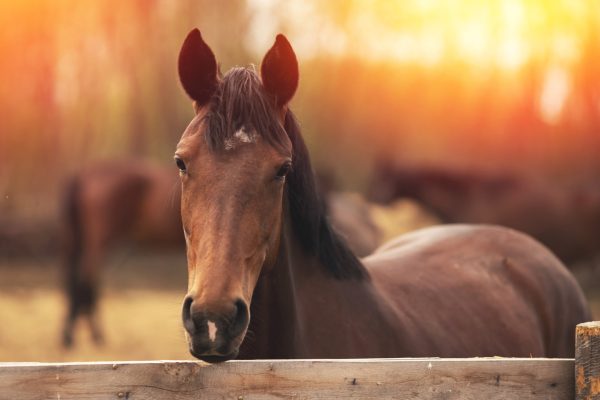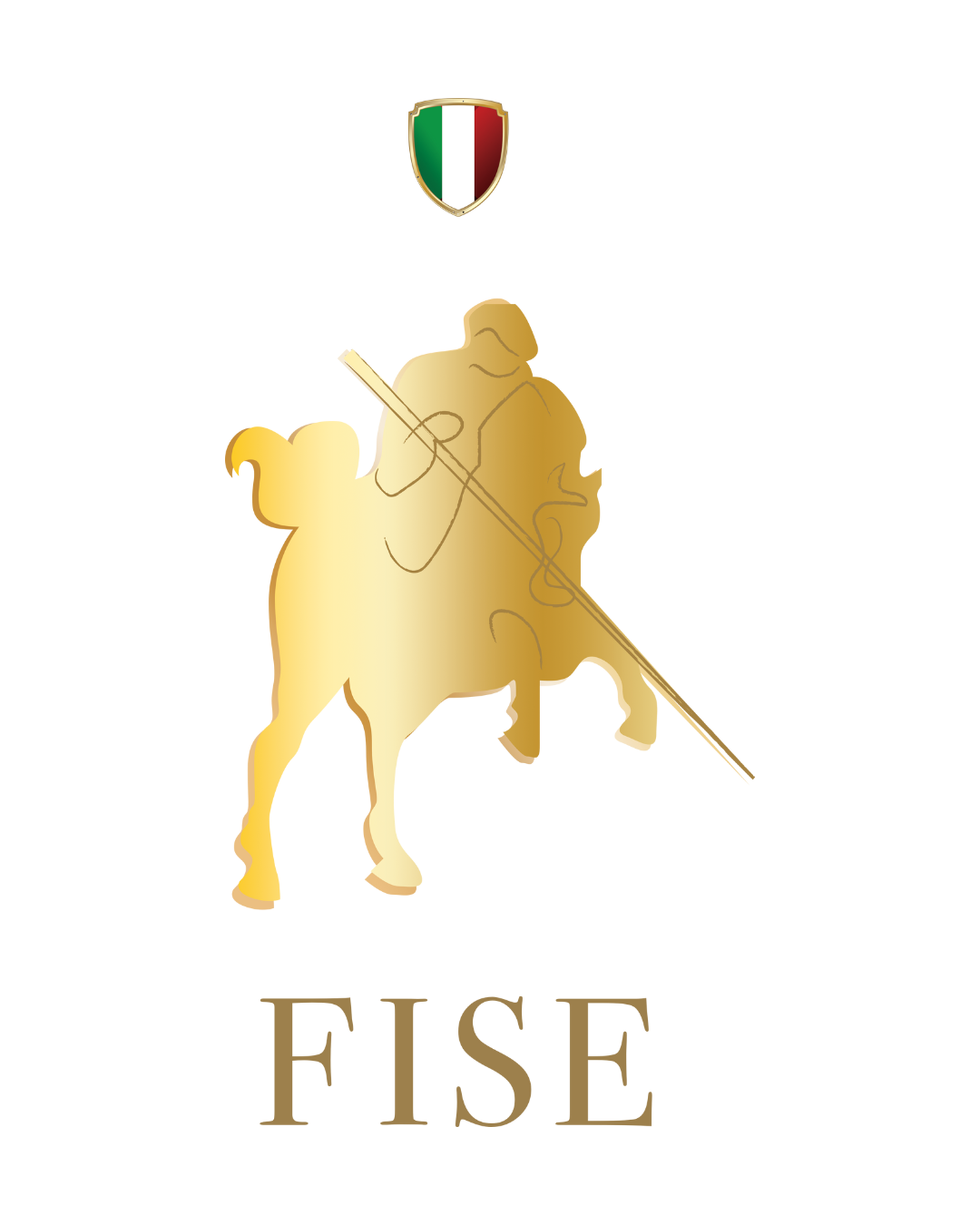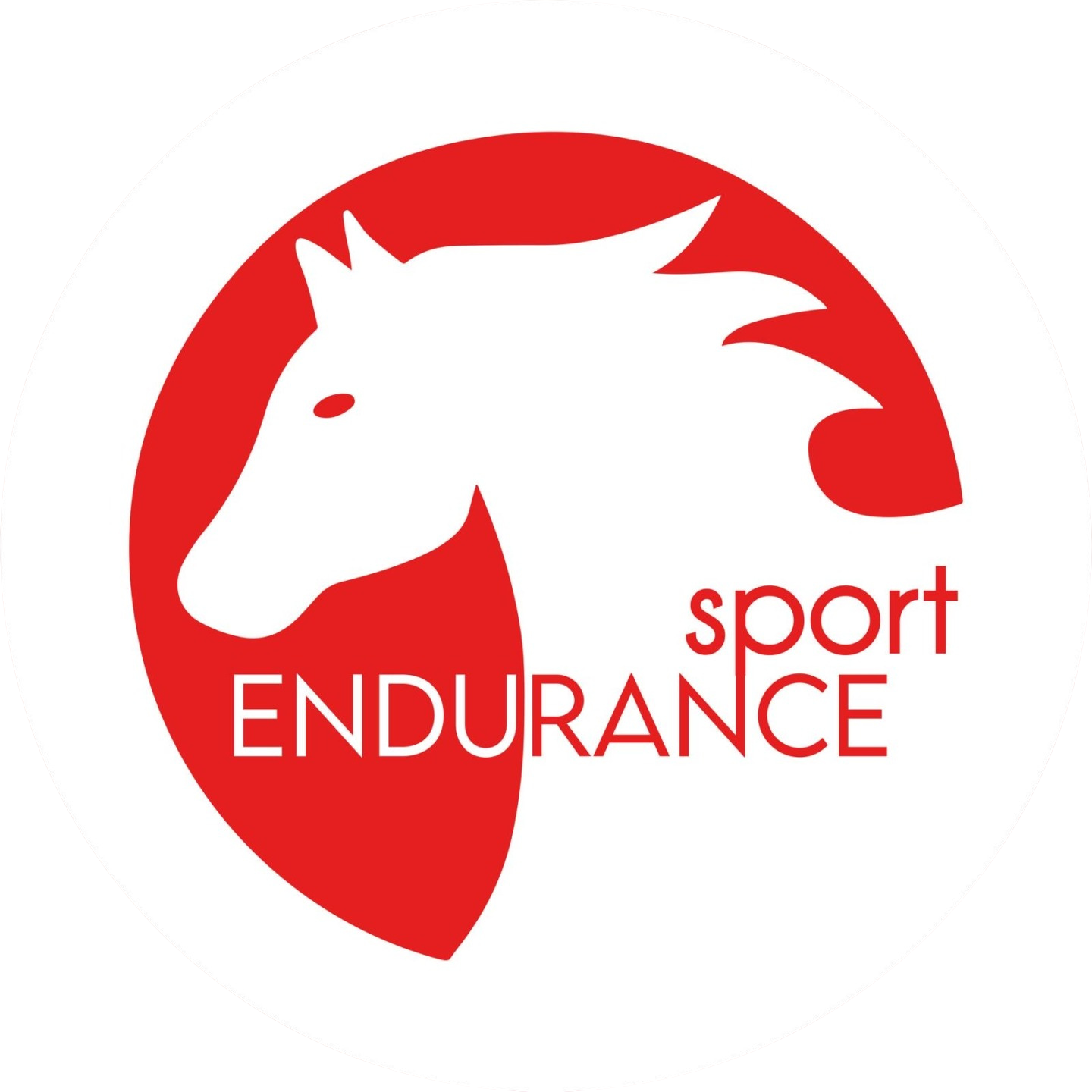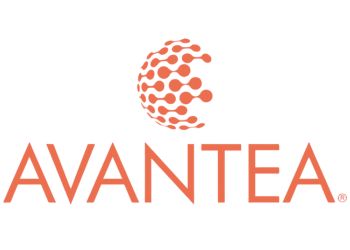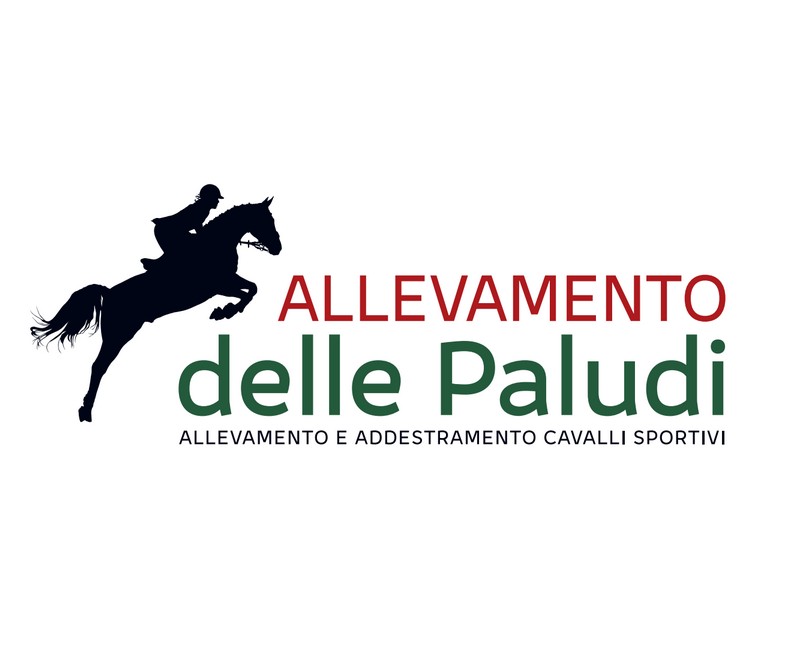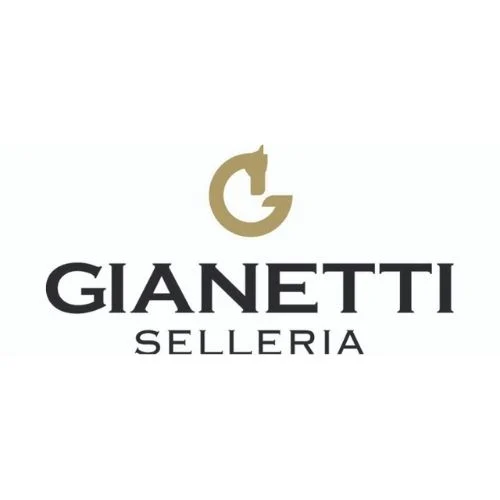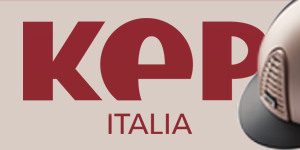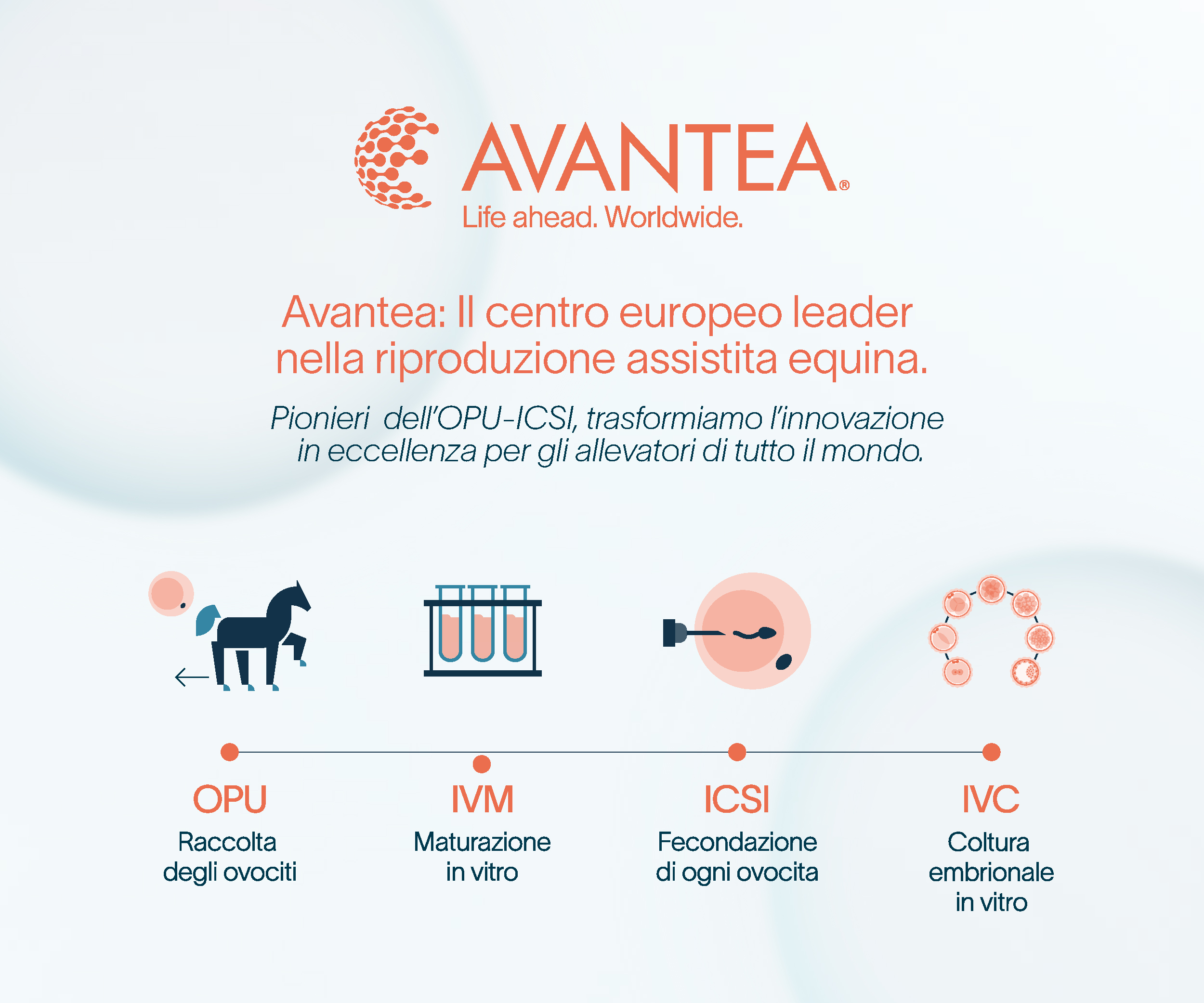
Veterinary Checks in Showjumping: Procedure, Rights, and Wrongs

Veterinary checks are an essential part of showjumping competitions, designed to ensure that all horses are fit, healthy, and sound to compete. These inspections protect the welfare of the horse and uphold fairness in the sport.
The Procedure
- Initial Inspection (Horse Inspection or “Trot-Up”)
Before the competition begins, horses undergo a physical examination by a licensed FEI (Fédération Equestre Internationale) or event-appointed veterinarian.- Identification: The horse’s passport and microchip are checked to confirm identity and vaccination records.
- Condition Check: The vet assesses body condition, eyes, skin, and overall demeanor.
- Soundness Test: The horse is trotted in-hand on a firm, straight surface to detect any signs of lameness.
- Flexion Tests (sometimes): Vets may gently flex a limb to evaluate joint mobility and response.
- Ongoing Monitoring During the Event
Throughout the show, veterinary officials may perform random or targeted checks to ensure horses remain sound and fit to compete. This can include thermography checks, heart rate monitoring, or post-round assessments if a horse shows signs of distress. - Post-Competition Check
After a round or at the end of competition, horses may be examined again for signs of fatigue, injury, or discomfort. Any horse showing signs of lameness or poor welfare can be withdrawn or disqualified for its own safety.
What’s Done Right
- Focus on Welfare: Modern veterinary checks prioritize the horse’s wellbeing above competition results.
- Transparency and Fairness: Standardized procedures and FEI guidelines ensure all horses are assessed equally.
- Preventive Value: Early detection of minor issues prevents long-term injuries and ensures responsible training and management.
What’s Sometimes Done Wrong
- Rushed Assessments: At busy events, limited time can lead to brief or inconsistent checks.
- Subjectivity: Lameness evaluations depend partly on human judgment, which can vary between vets.
- Pressure from Competitors: Occasionally, riders or teams may pressure veterinarians to pass a borderline horse, which undermines welfare standards.
- Inadequate Follow-Up: Some competitions lack sufficient post-event monitoring to ensure horses recover well.
Conclusion
Veterinary checks are the backbone of equine welfare in showjumping. When performed thoroughly and without bias, they ensure that horses compete only when fit and sound. However, maintaining consistency, independence, and a strong welfare-first mindset across all events remains an ongoing challenge — one the equestrian community must continuously uphold.
Valentina Sozzi – PH HSJ.TV
© Rights Reserved.





.png)


